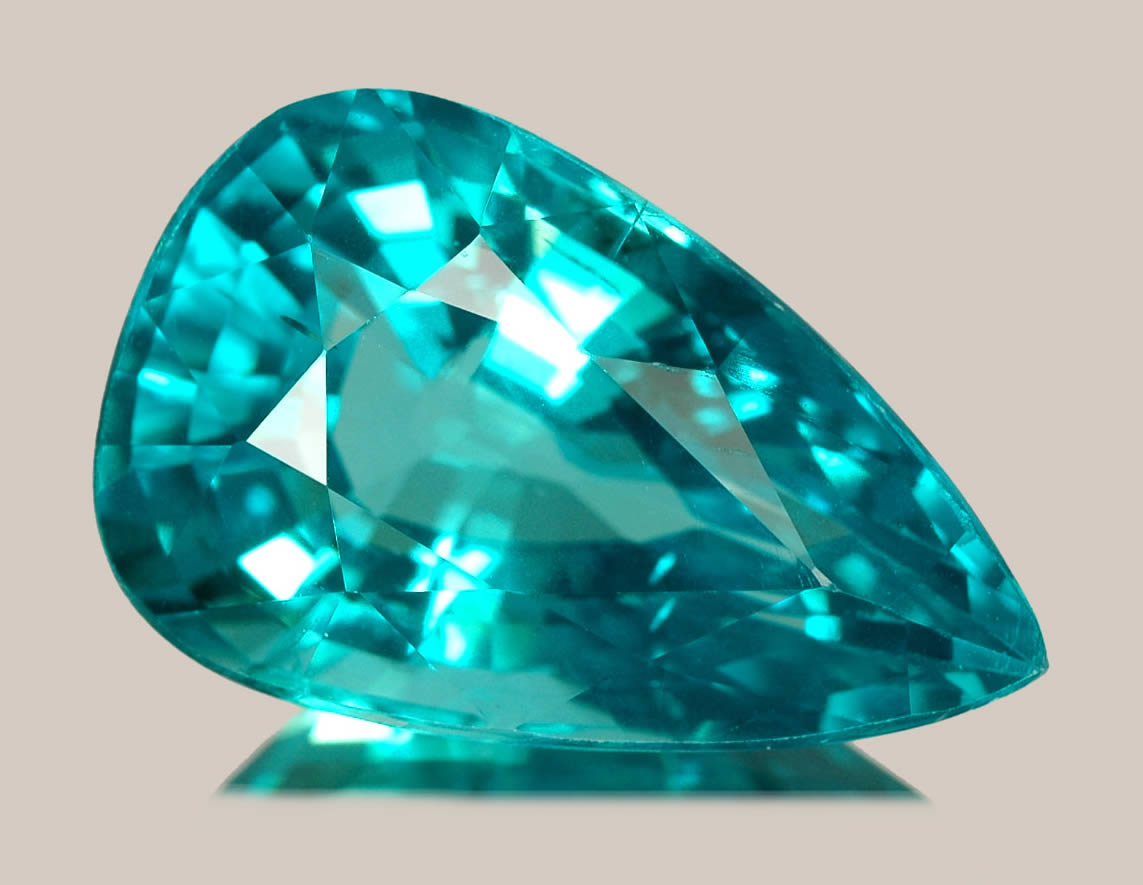Cat’s Eye Apatite
Apatite is one of a few minerals that are produced and used by biological micro-environmental systems.
The word Apatite is derived from the Greek word “apate’, meaning to deceive. This was primarily due to the fact that Apatite was often mistaken for rarer, more valuable gemstones such as Beryl, Olivine and Peridot. Apatite falls into two categories, Chlor-Apetite (Chloro-Calcium), and Flour-Apetite (Flouro—Calcium). The name Cat’s eye is derived from the phenomena displayed by this stone known as chatoyancy.
The range of colors on Cat’s eye apatite includes colorless, pink, yellow, green, blue and violet. A rare variety is a rich purple from Maine. Blue Brazilian stones are second in demand. A light green variety of apatite carries the trade name “asparagus stone”. The recent availability of the neon blue-green variety from Madagascar has increased the use of apatite in jewelry.
Chatoyancy, the cat’s eye effect, is a reflection of light by parallel fibers, needles, or channels, which resembles the slit eye of a cat. When the stone is rotated, the cat’s eye glides over the surface.
Cat’s eye apatite is a rarity at apatite mines. Apatites are found in Brazil, India, Kenya, Madagascar, Mexico, Myanmar (Burma), Norway, Sri Lanka, South Africa and the United States, and it is generally untreated.

